Welcome to the next step of your research journey!
In this guide, we’ll explore one of the most important parts of any scientific investigation — the research design. You’ll discover how researchers decide what type of study to conduct, how each design influences results, and how these choices shape real-world medical evidence..
By the end, you’ll see that methodology isn’t just a technical step — it’s the foundation that determines whether your research truly answers the question you’re asking.
From Idea to Design: A Simple Guide to Choosing Your Research Methodology
Welcome back to our research series! We’ve covered the why (importance of research) and the how (the scientific method). Now, we’ll explore the what: the research design.
Think of the research design as the blueprint for your study. The design you choose depends on your question, your resources, and what you want to find out. It’s one of the most important decisions you’ll make as a researcher.
The First Big Choice: To Watch or to Act?
All research designs fall into one of two big categories:
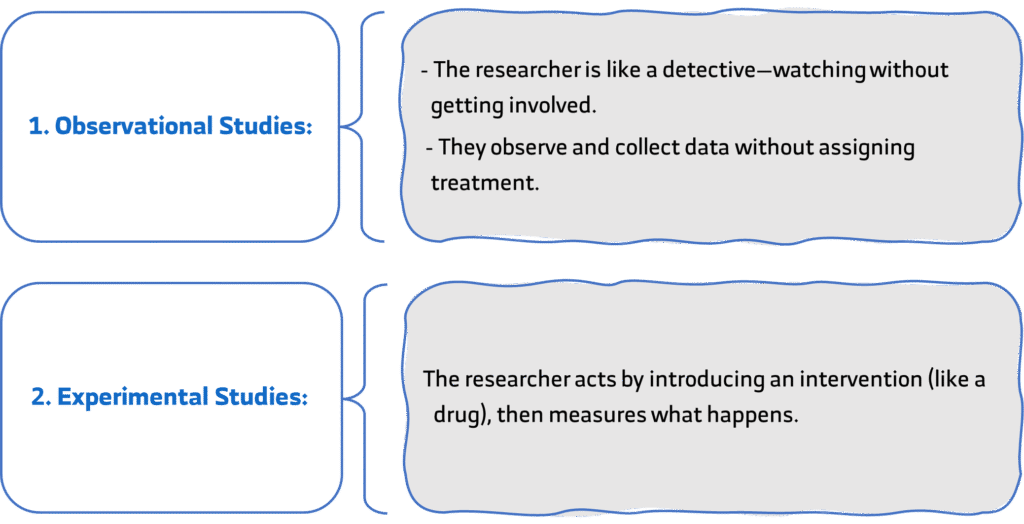
🔑 Only experimental studies can prove cause and effect.
Observational Studies: The Art of Watching and Learning
Observational studies are ideal when it’s not ethical or possible to do an experiment—e.g., you can’t make someone smoke to study lung cancer.
The 3 Most Common Observational Study Designs:
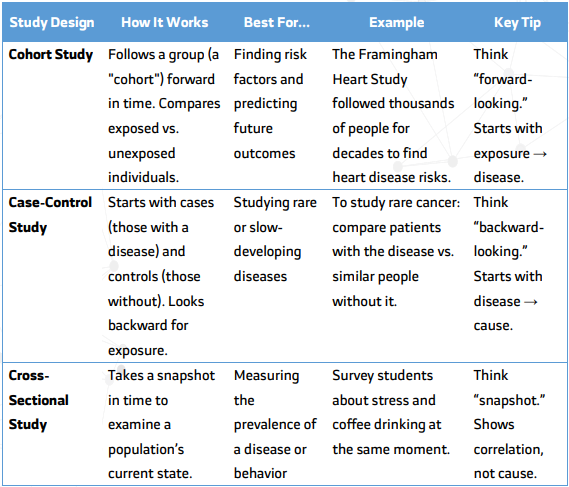
Practical Tip: Observational studies show associations, not causation.
For example, a cross-sectional study may show that coffee drinkers are more stressed—but we can’t say if coffee causes stress, or vice versa, or if another factor (like workload) causes both.
Questionnaires in Cross-Sectional Studies
Many rely on questionnaires to collect data on behaviours, attitudes, or health.
When conducting one:
- choose a validated questionnaire, ideally from sources like com.
- Make sure it’s suitable for your population and topic.
Experimental Studies: The Power to Prove Cause and Effect
When you want to know if X causes Y, you need an experimental study.
⭐ The Gold Standard: Randomized Controlled Trial (RCT).
RCTs are the best for proving a treatment works. They have 3 main parts:
- Intervention: The new treatment being tested.
- Control Group: Receives standard care or a placebo.
- Randomization: Participants are assigned by chance to each group, minimizing bias.
Example: To test a new cholesterol drug, 1,000 people are randomly assigned to either the drug group or the placebo. After six months, researchers compare cholesterol levels. Thanks to randomization, any difference is likely due to the drug itself.
Practical Tip: When a company claims a drug is effective, always ask:
“Was this proven in a randomized controlled trial?”
If not, be sceptical.
The Hierarchy of Evidence: Not All Studies Are Equal
Research studies form a pyramid of strength. The higher up, the more reliable the evidence.
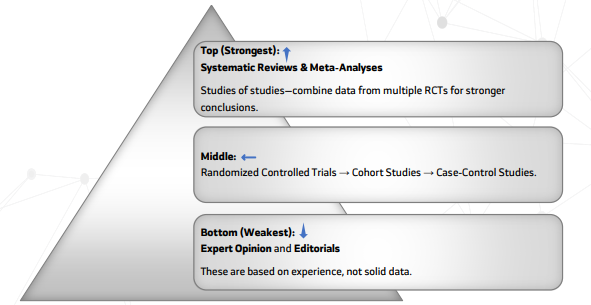
Conclusion
Choosing the right study design is like picking the right tool for a job. Each design has its strengths and limitations.
From quick cross-sectional snapshots to robust RCTs, knowing your options helps you:
- Interpret medical news with a critical eye
- Design better studies for your own research
- Deliver more evidence-based care
In the next article, we’ll walk through the entire research process, from the spark of an idea to a published paper.
Frequently Asked Questions (FAQ)
1. What does “choosing a research methodology” mean?
Choosing a research methodology means selecting the overall strategy and design that will guide how you collect and analyze data. It determines whether your study will observe natural situations or test interventions through controlled experiments.
2. How do I decide between observational and experimental study designs?
Your choice depends on your research question and what’s ethically and practically possible. If you want to explore associations or patterns, observational designs work best. But if you aim to prove cause and effect, an experimental study—especially a randomized controlled trial—is the right choice.
3. Why is research design important in medical studies?
A clear and well-structured research design ensures that your study answers the question accurately and minimizes bias. It also increases the reliability and credibility of your results, which is essential for evidence-based medical practice.
4. What are common mistakes when choosing a research methodology?
Many researchers select a design based on convenience rather than their actual question. Others use unvalidated questionnaires or small, biased samples. The key is to align your methodology with your study goals, ethical limits, and available resources to ensure meaningful, publishable results.
A Word From ResRef
You’ve now explored how to choose the right research design—the foundation that gives every study its strength and direction. From understanding observational studies to mastering experimental designs, you’ve seen how methodology shapes evidence and guides medical decisions.
Next, we’ll move from design to action—walking through the full research journey, from the first spark of an idea to a published study that leaves a real impact on healthcare. Stay thoughtful, stay evidence-driven, and keep building research that matters.
A bilingual PDF (Arabic | English), containing the same information in an organized format, is available for download [here].


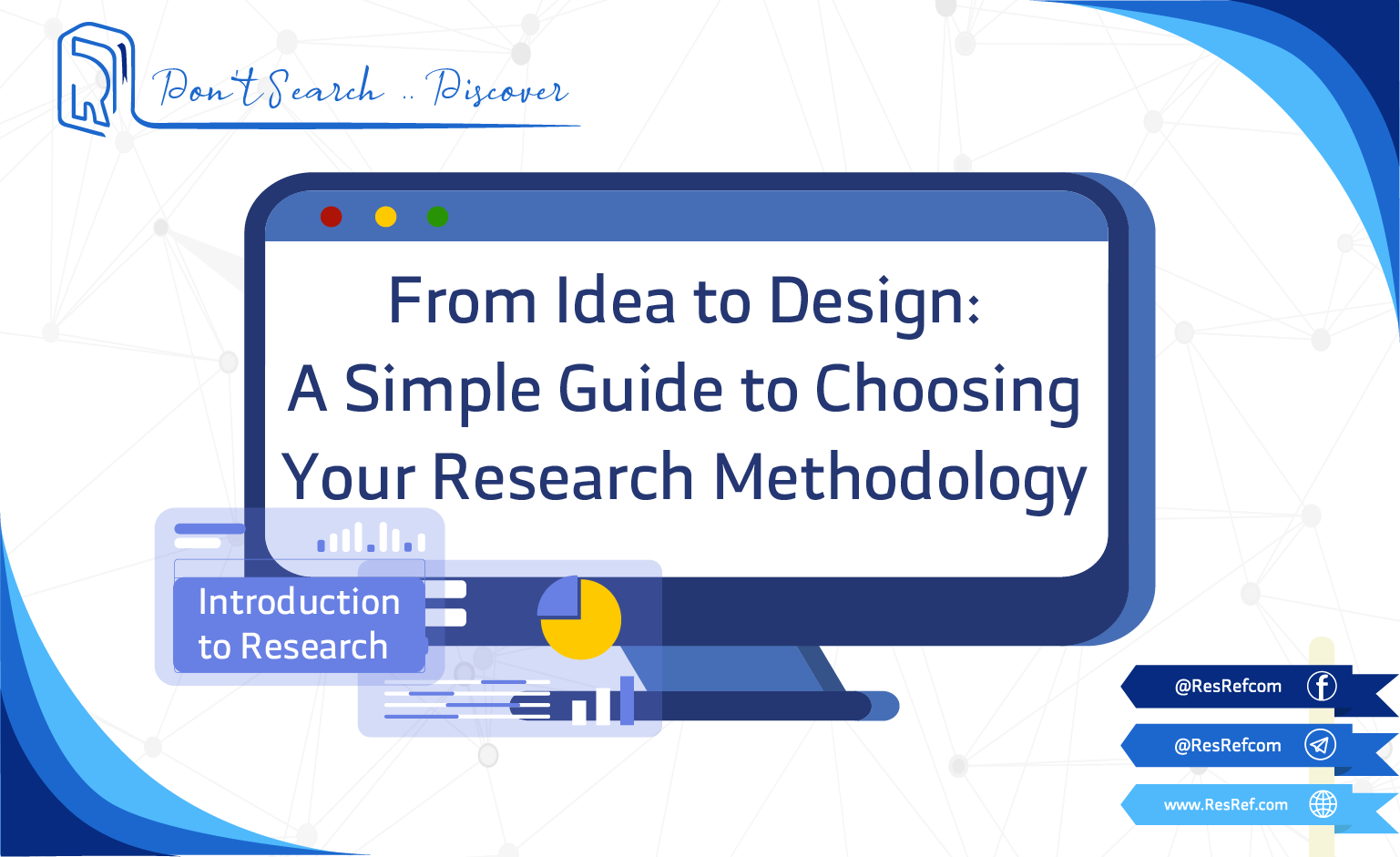

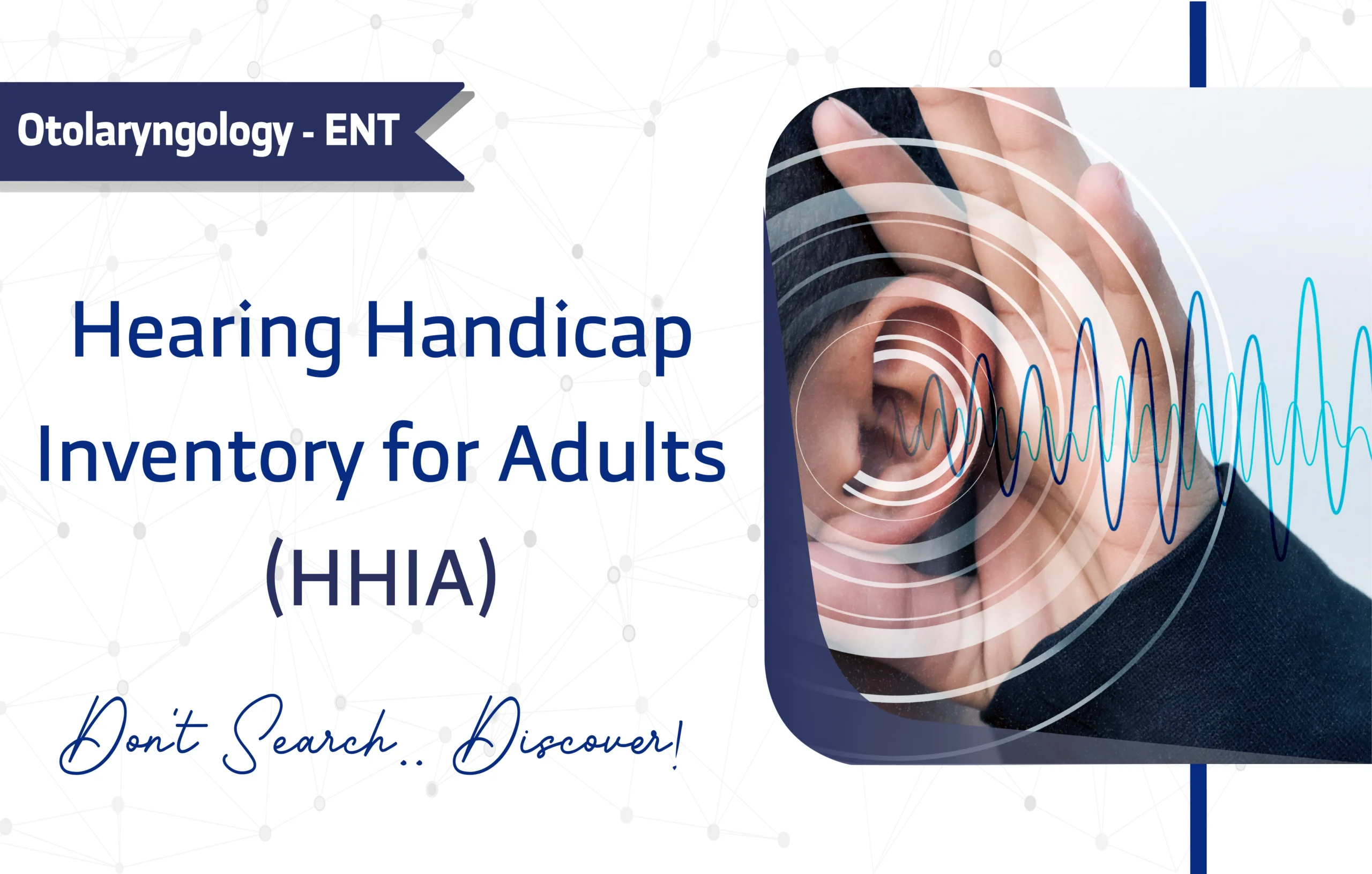
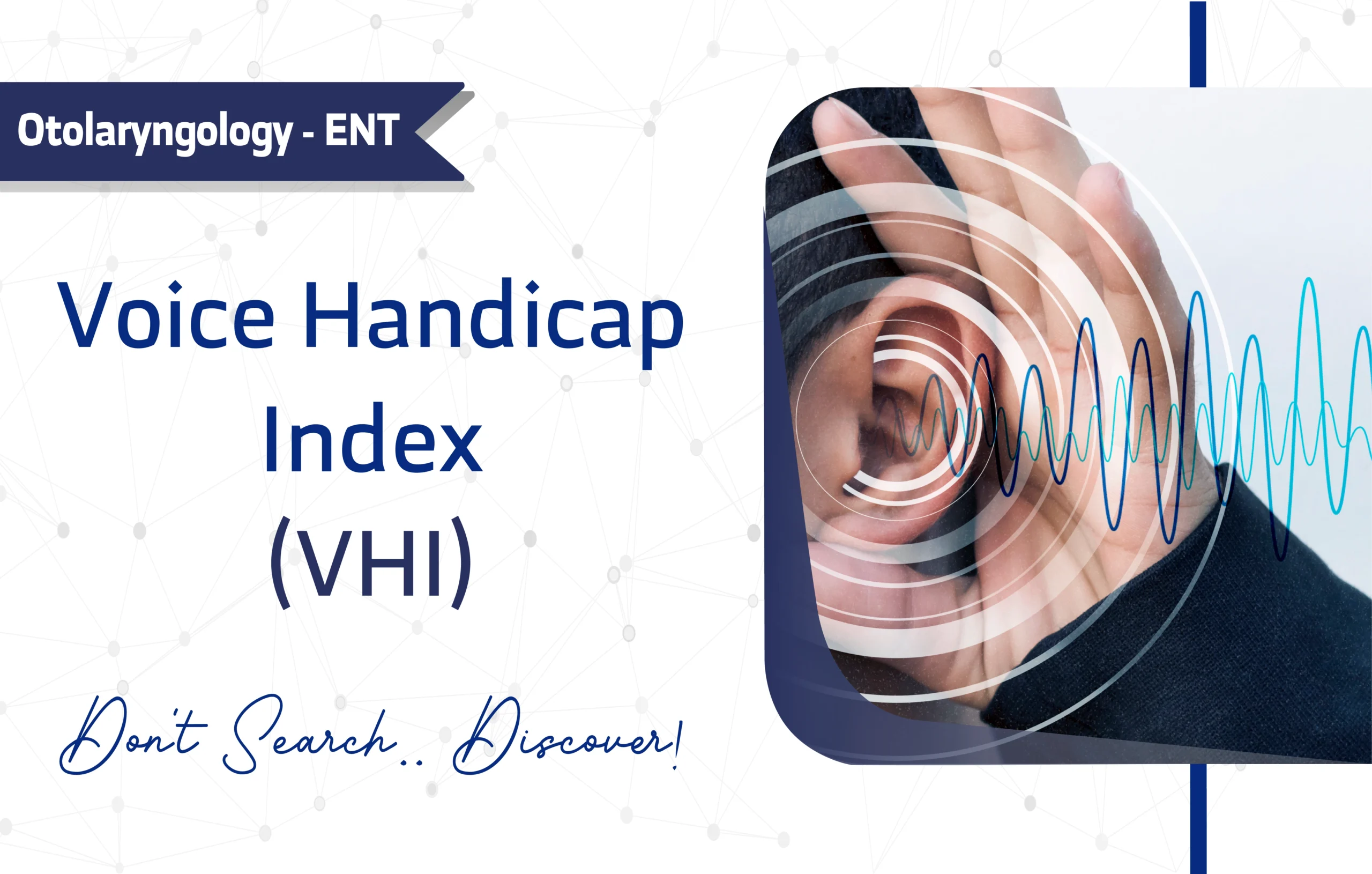
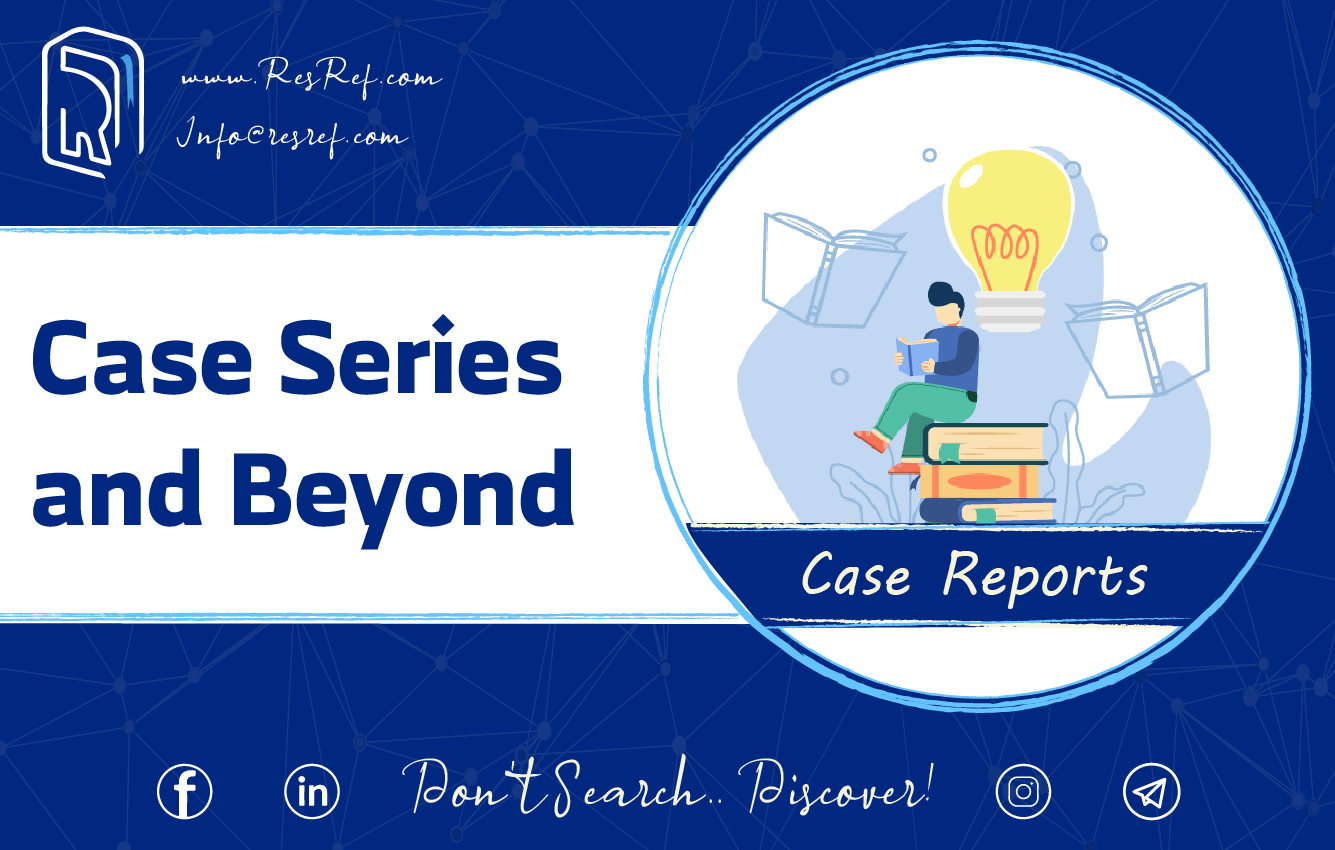
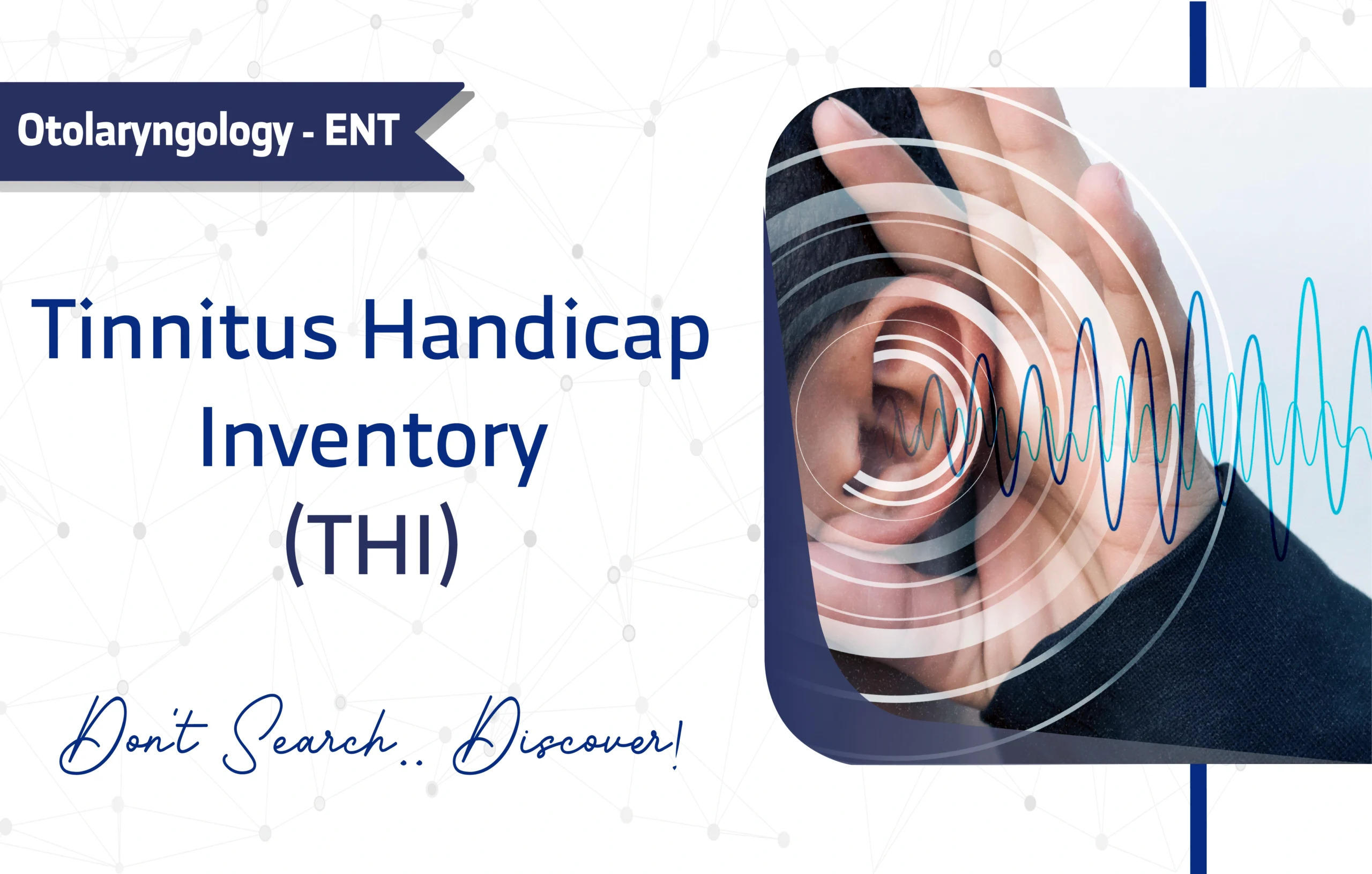
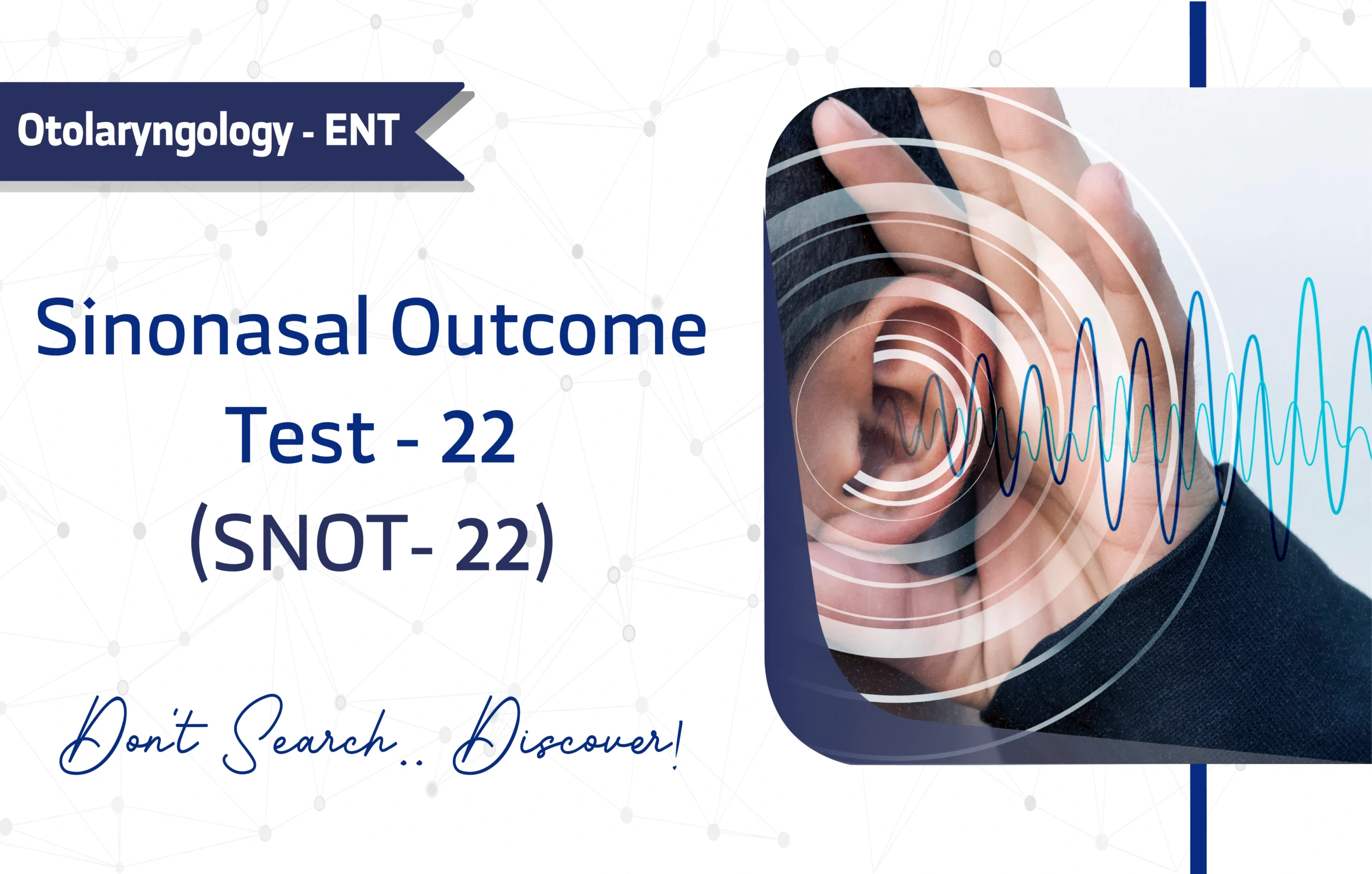
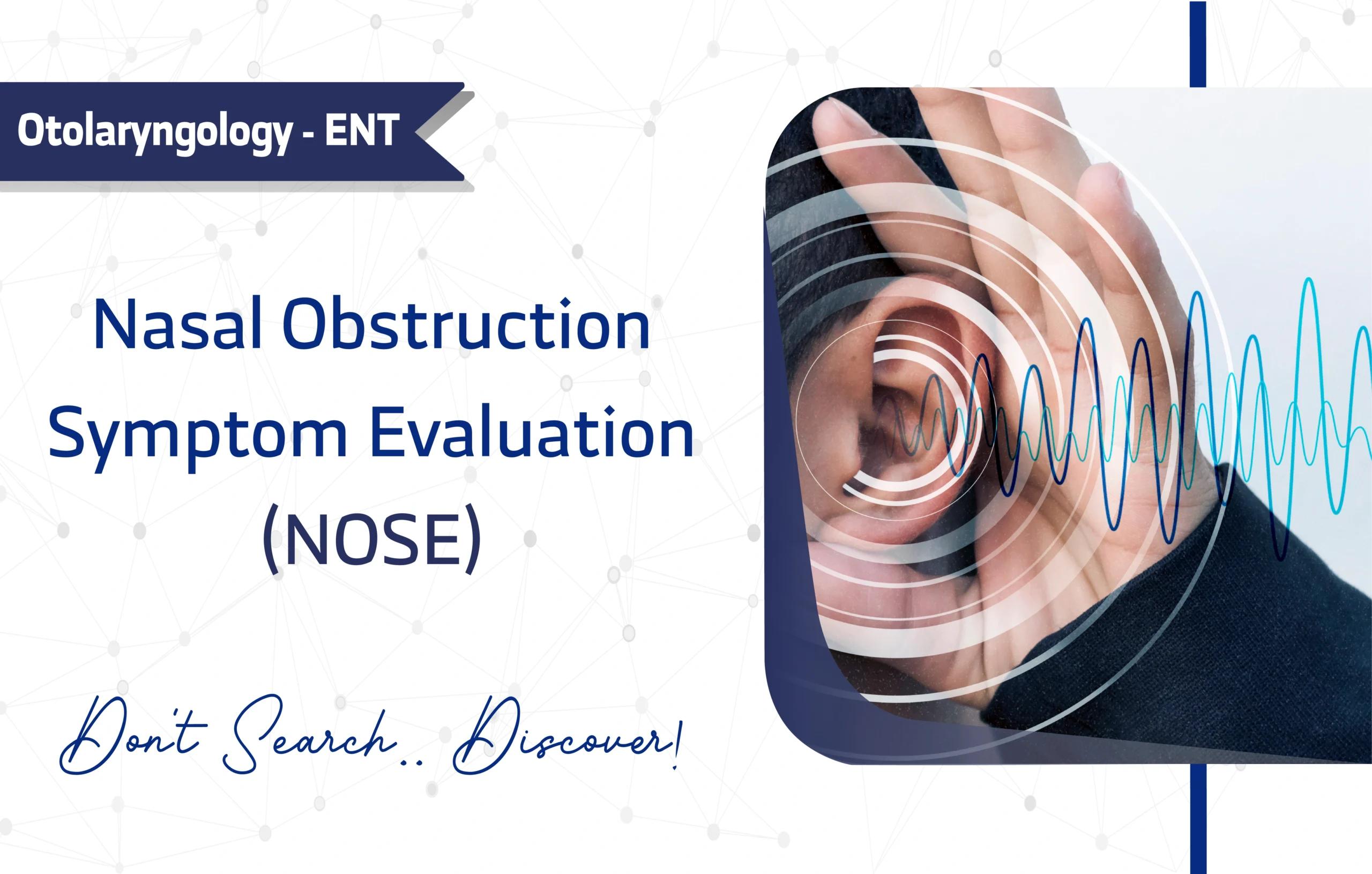
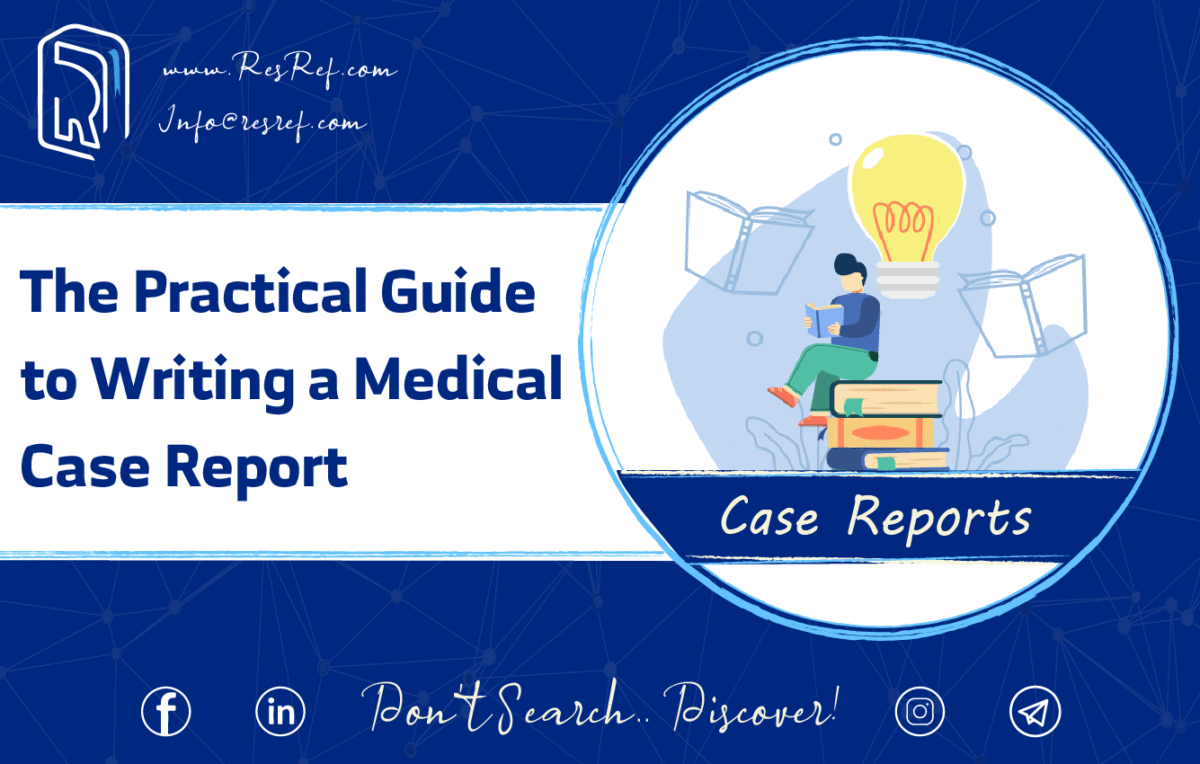
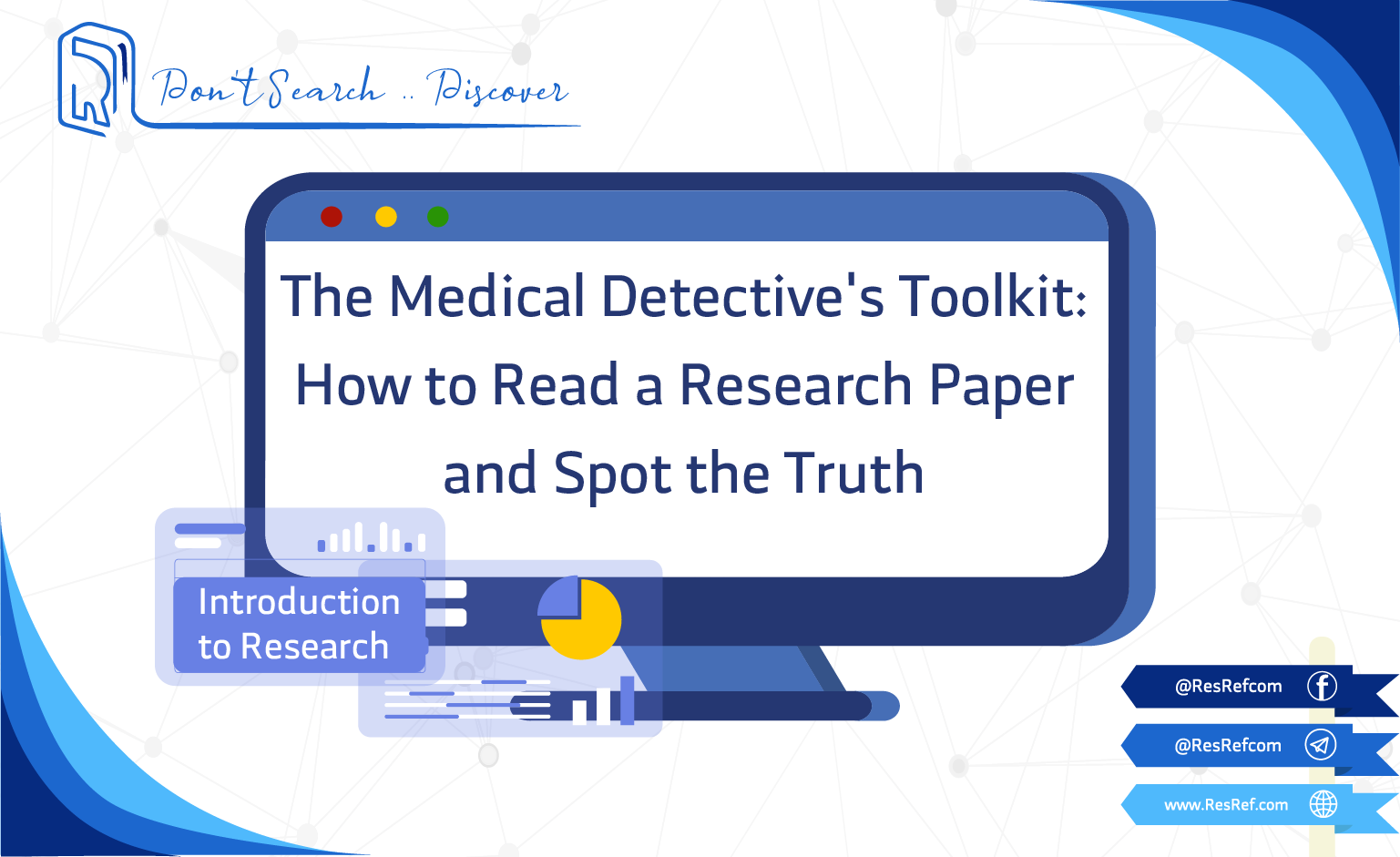
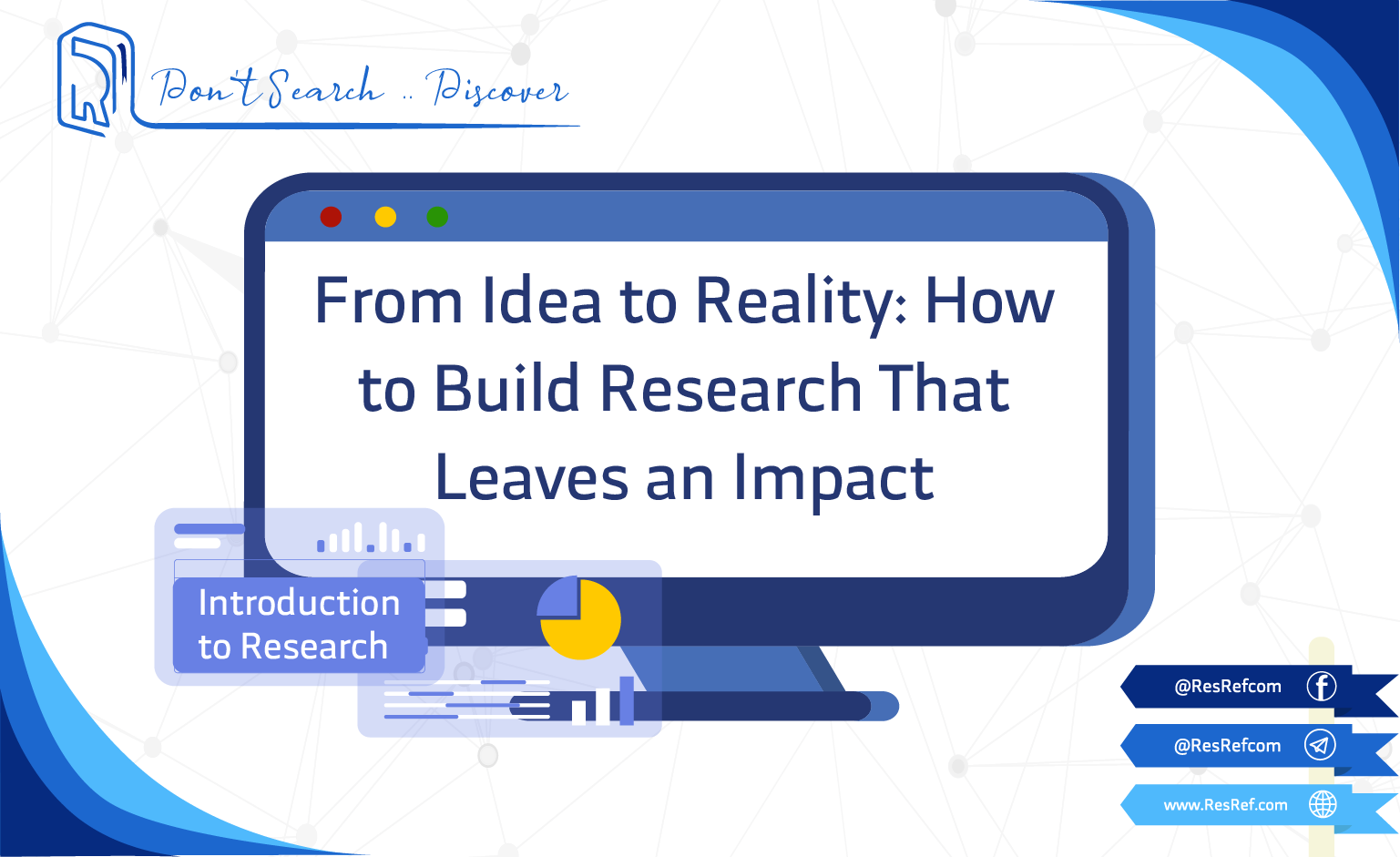

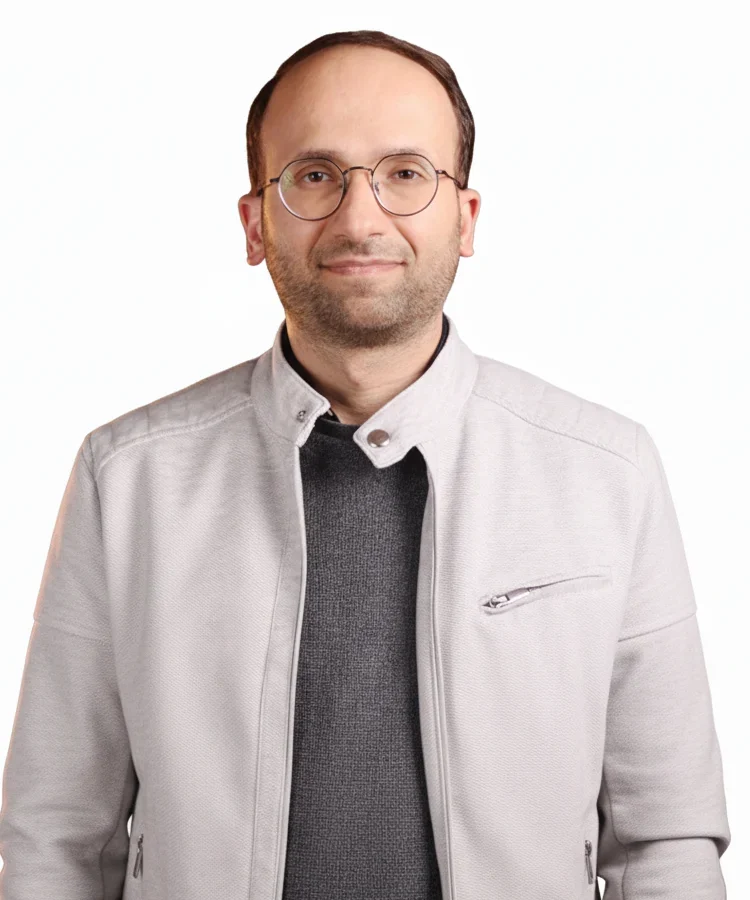



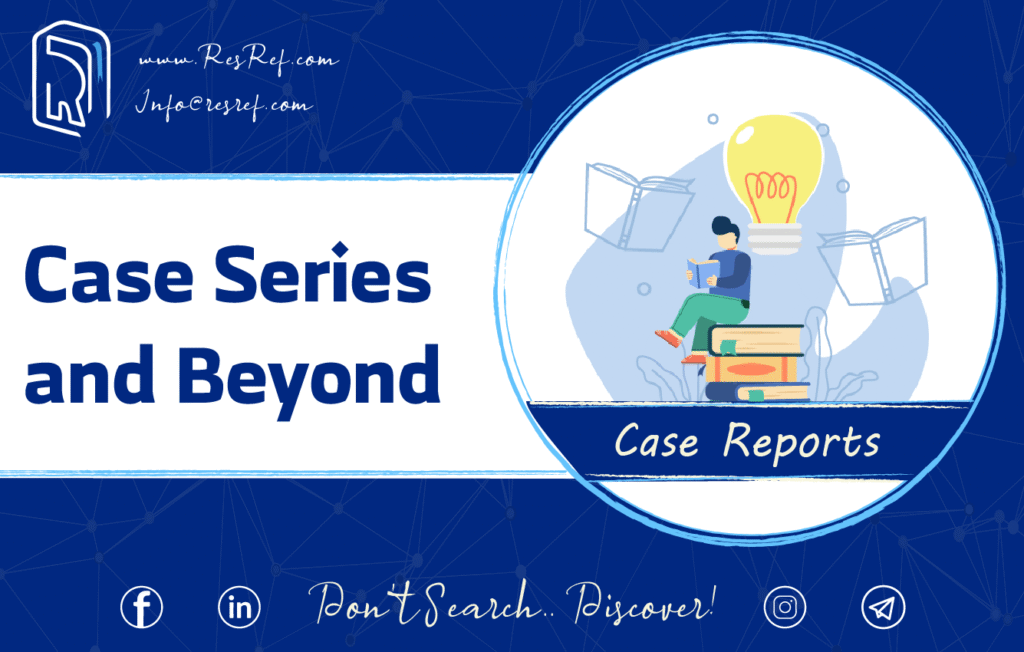
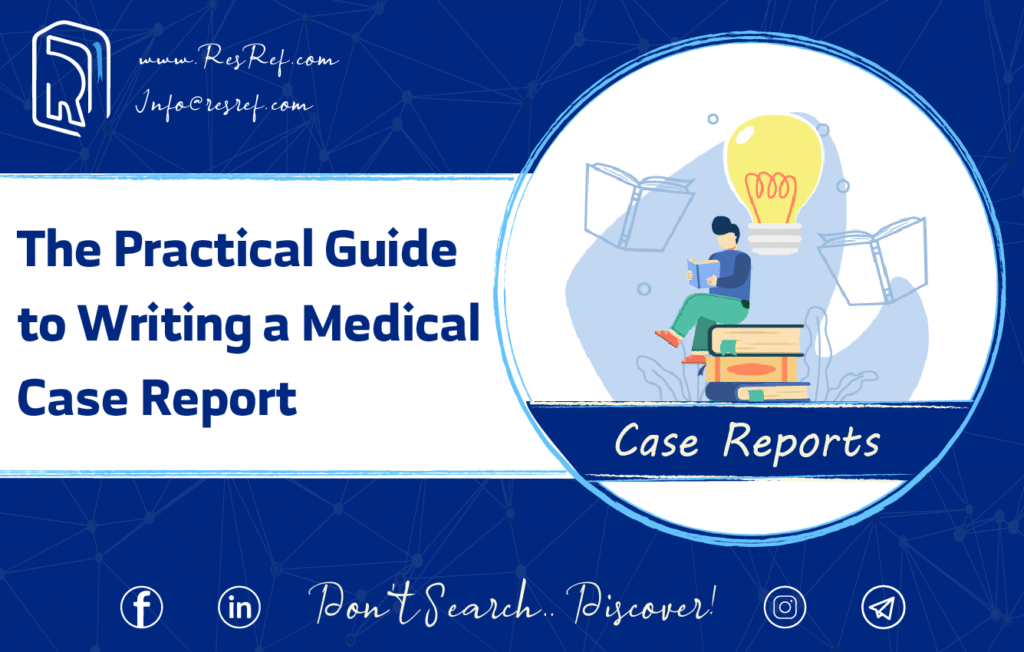
1 thought on “From Idea to Design: A Simple Guide to Choosing Your Research Methodology”
Pingback: Case Series in Medical Research: A Practical Overview and Guide